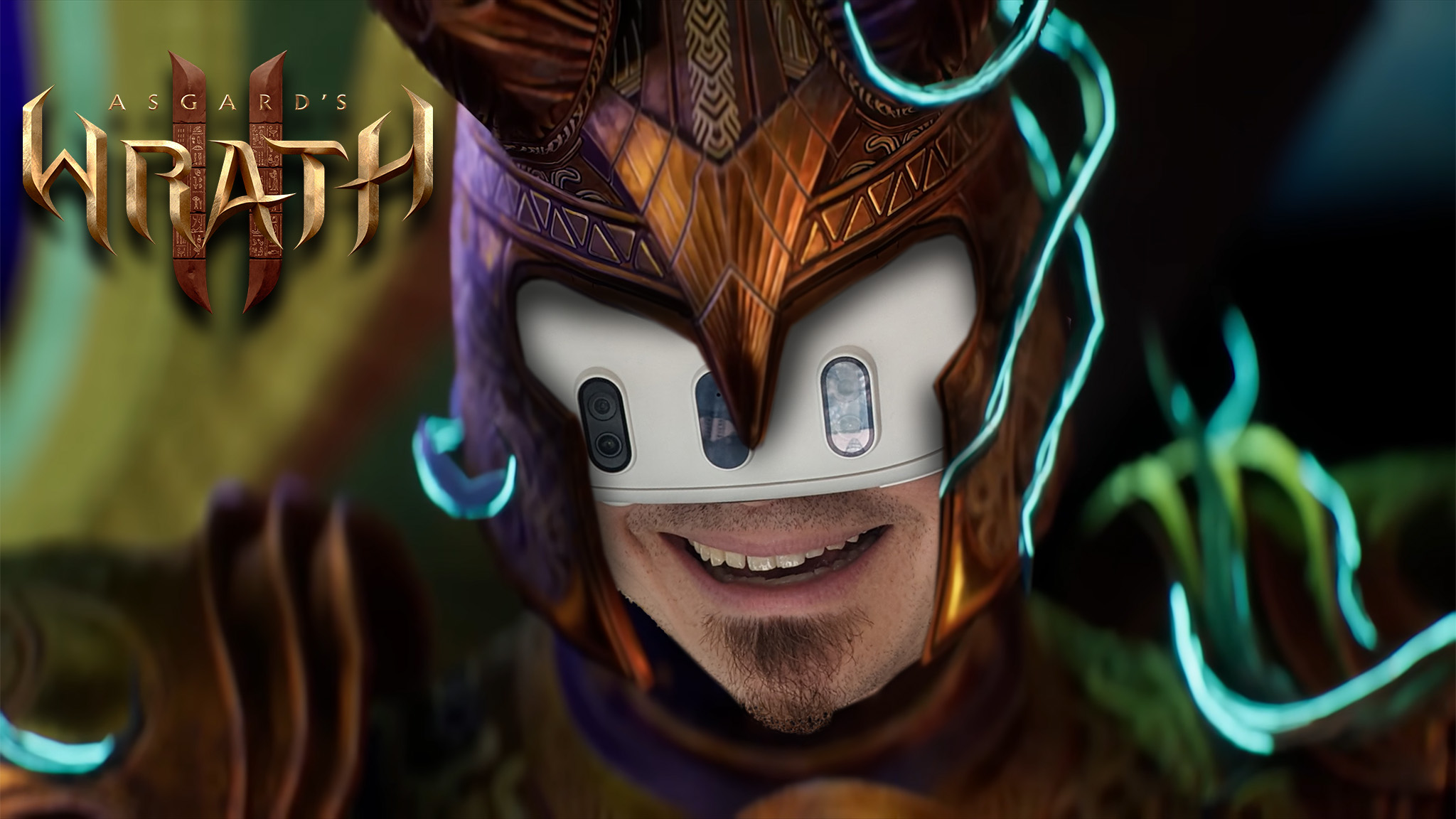
By all means, a game like Asgard's Wrath 2 shouldn't exist. In a world where the average VR game is only a few hours long and often crafted by development teams numbering in the single digits, it's hard to believe that a 100+ hour-long, highly polished, and well-voice-acted RPG is a reality.
But it's only this sort of game — one that creates lofty expectations of the future of VR — that could earn a perfect score from us and so many others. Asgard's Wrath 2 is a game in a class of its own, and unfortunately, I surmise there will be nothing quite like it for a while. Just as we had to wait over three years since Half-Life: Alyx debuted, I have little doubt that it'll be at least a few years before we see something this deep and complex in the VR space again.
And that makes the game even better because of it. I felt the same way with Ocarina of Time when it came out and Breath of the Wild long after its debut. The mastery behind the game design and the polish presented here is nothing short of the great heights that I expect from a mainline Zelda or Elder Scrolls game. Asgard's Wrath 2 is a masterpiece through and through and is easily the best Meta Quest game.
Asgard's Wrath 2 retails for $59.99 on the Meta Quest store. The game is exclusive to the Meta Quest 2 and Quest 3 and is developed by Sanzaru Games under the Oculus Studios label.
Asgard's Wrath 2: Deep, rewarding gameplay
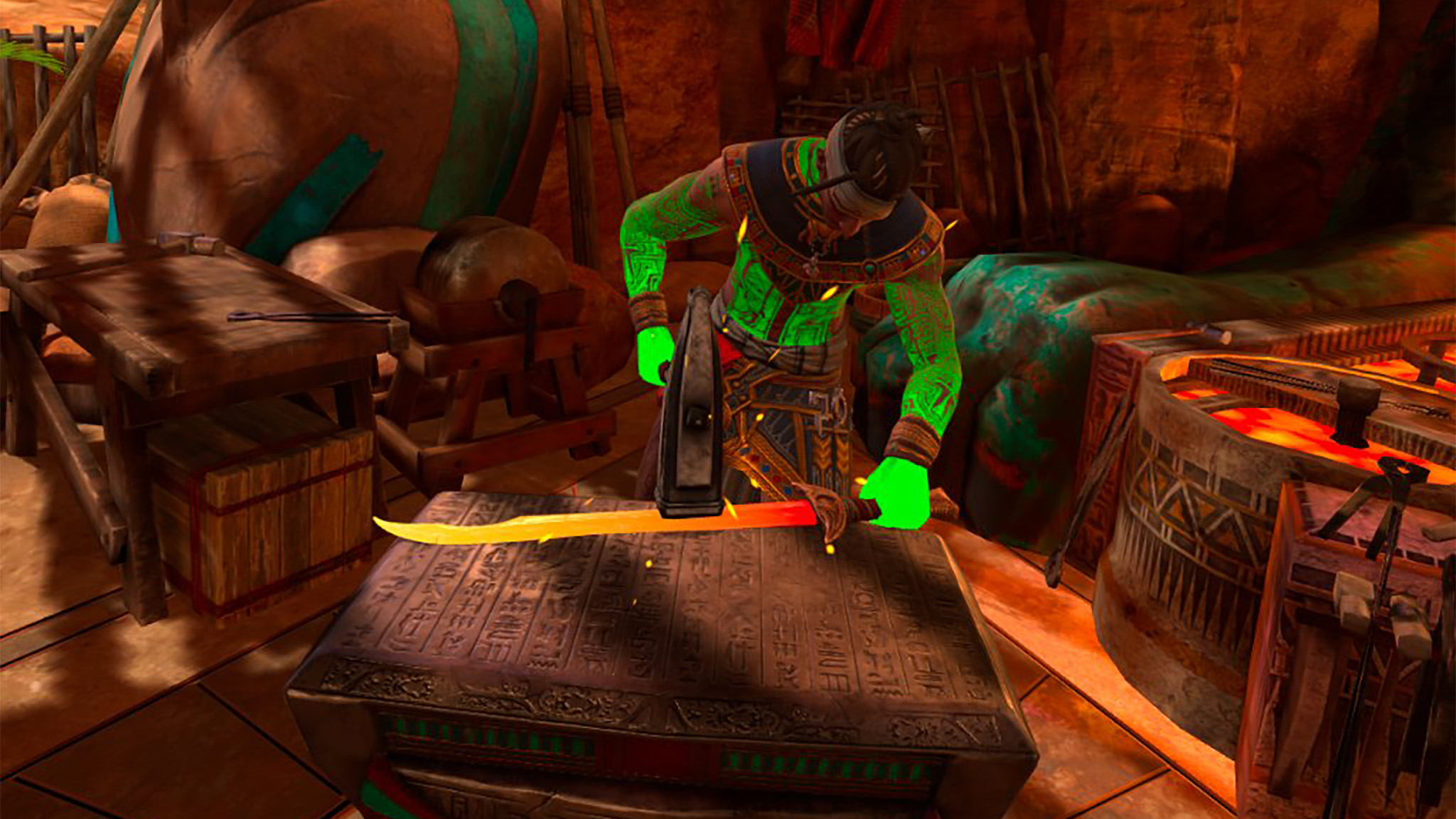
I've been playing Asgard's Wrath 2 for over six weeks now. That's not because I've been constantly distracted or my time taken up by other games. It's because there's so much to see and do that it will take weeks for the average player to understand the true depth and breadth of this game.
At its core, Asgard's Wrath 2 is a clever mix of classic 3D Zelda world design and Elder Scrolls combat concepts. You won't be climbing sheer cliffs as you might expect in Breath of the Wild or Tears of the Kingdom, but that doesn't mean the game is linear.
Traversal takes place on foot or by mount — you'll get several that can travel by land, sea, or air — and players can also shift to a birds-eye view during any of the game's many dungeon puzzle rooms. You'll know this god-shifting ability can manifest by a blue altar in a large puzzle room.
Each of the game's meticulously crafted puzzles will make you feel clever upon solving, and there's little doubt that you'll find yourself getting stuck and needing to come back to the game's countless dungeons at another time, classic 3D Zelda style.
The game is filled to the brim with temples and dungeons, each of which features the most clever Zelda-like puzzles.
For me, it's the presence of these puzzle areas that constantly makes me smile while playing. Each temple and dungeon utilizes a new mechanic that you've earned, and you'll be earning lots of new mechanics throughout the game.
As you progress in the story, you'll unlock a total of four playable characters, each of which resides in their own realm. These realms are beyond massive in scope, and I would venture to say that each character has a Legend of Zelda: Ocarina of Time-sized world to wander around in, helping to further add variety and depth to the game.
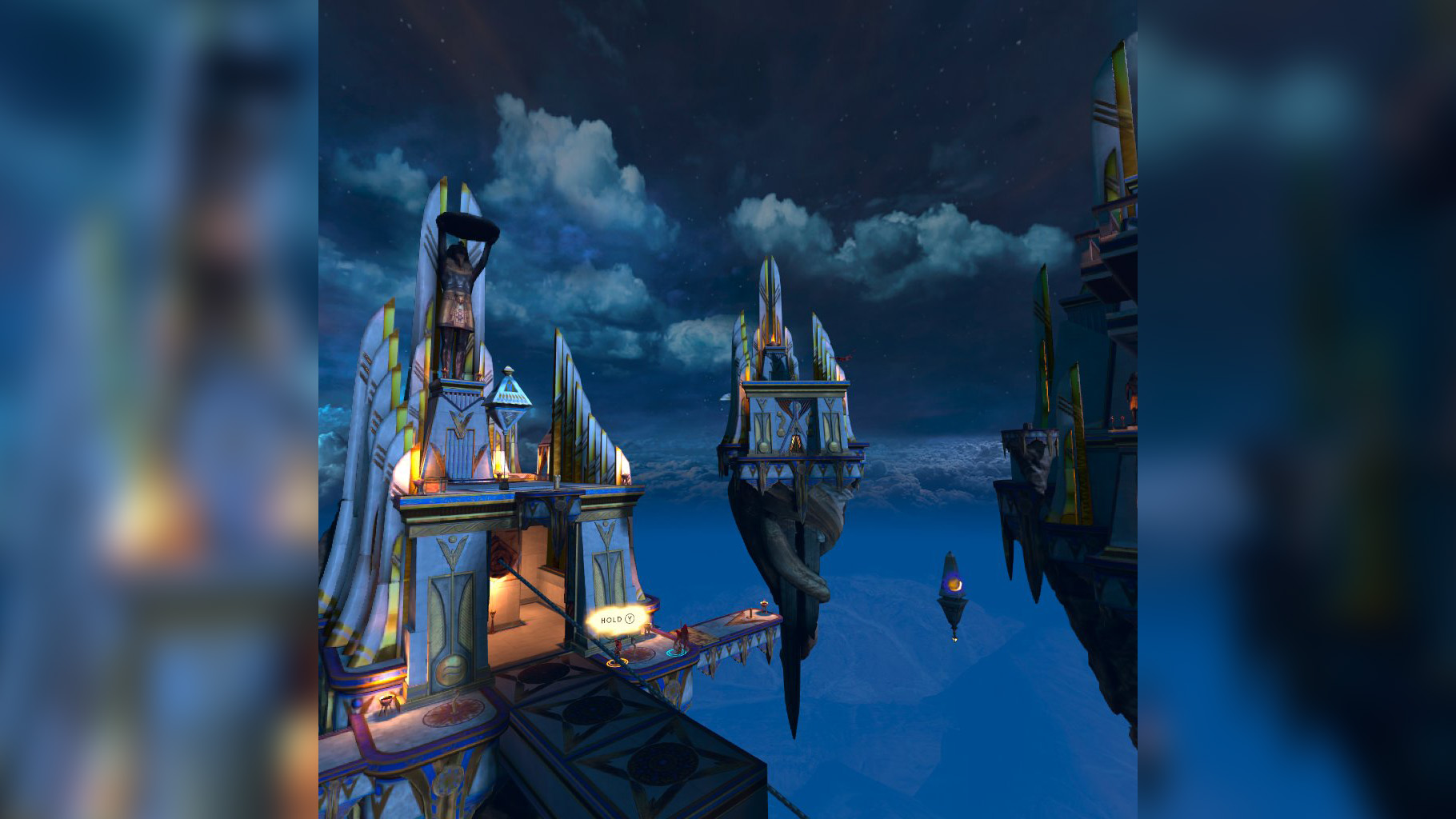
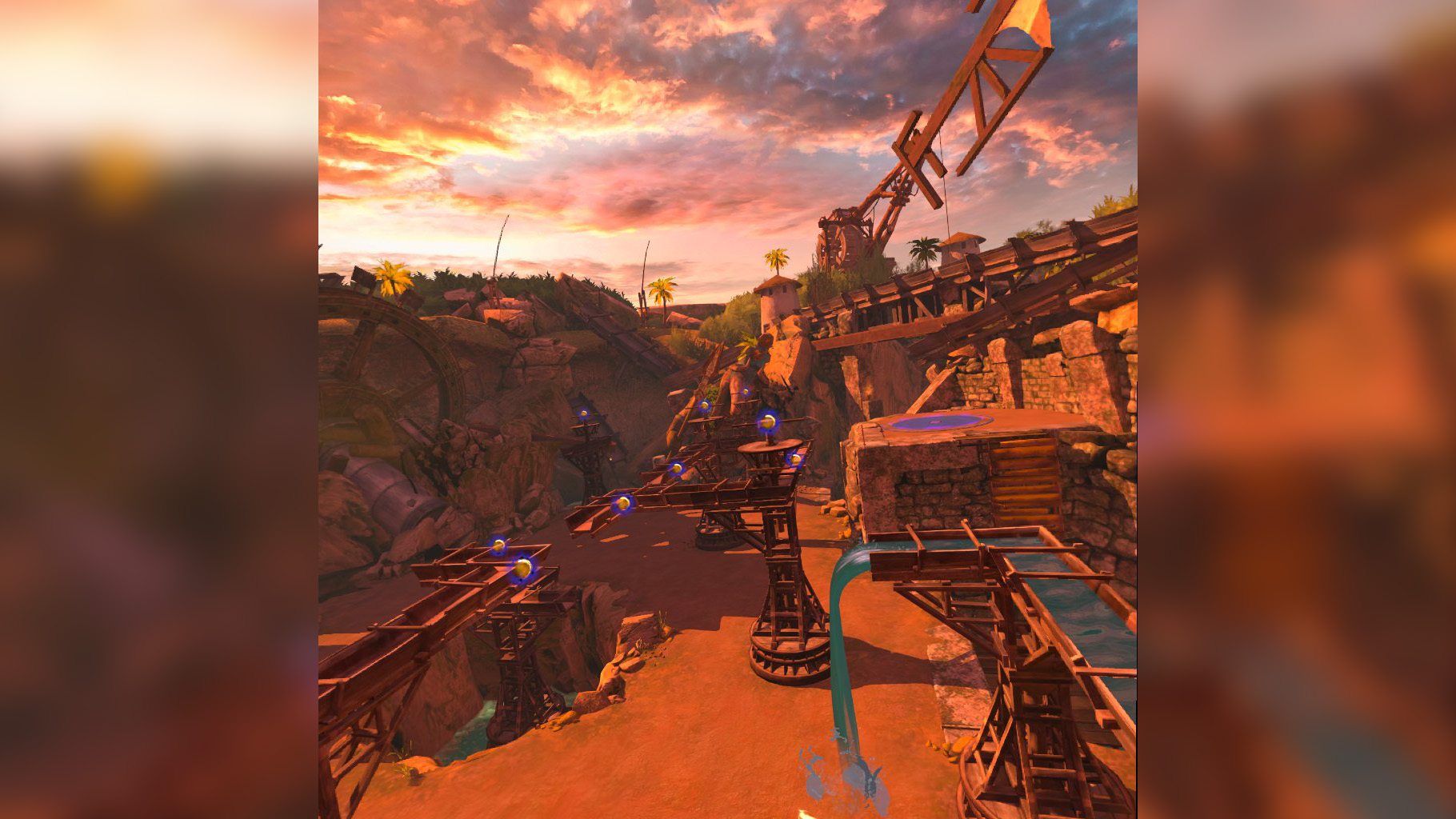
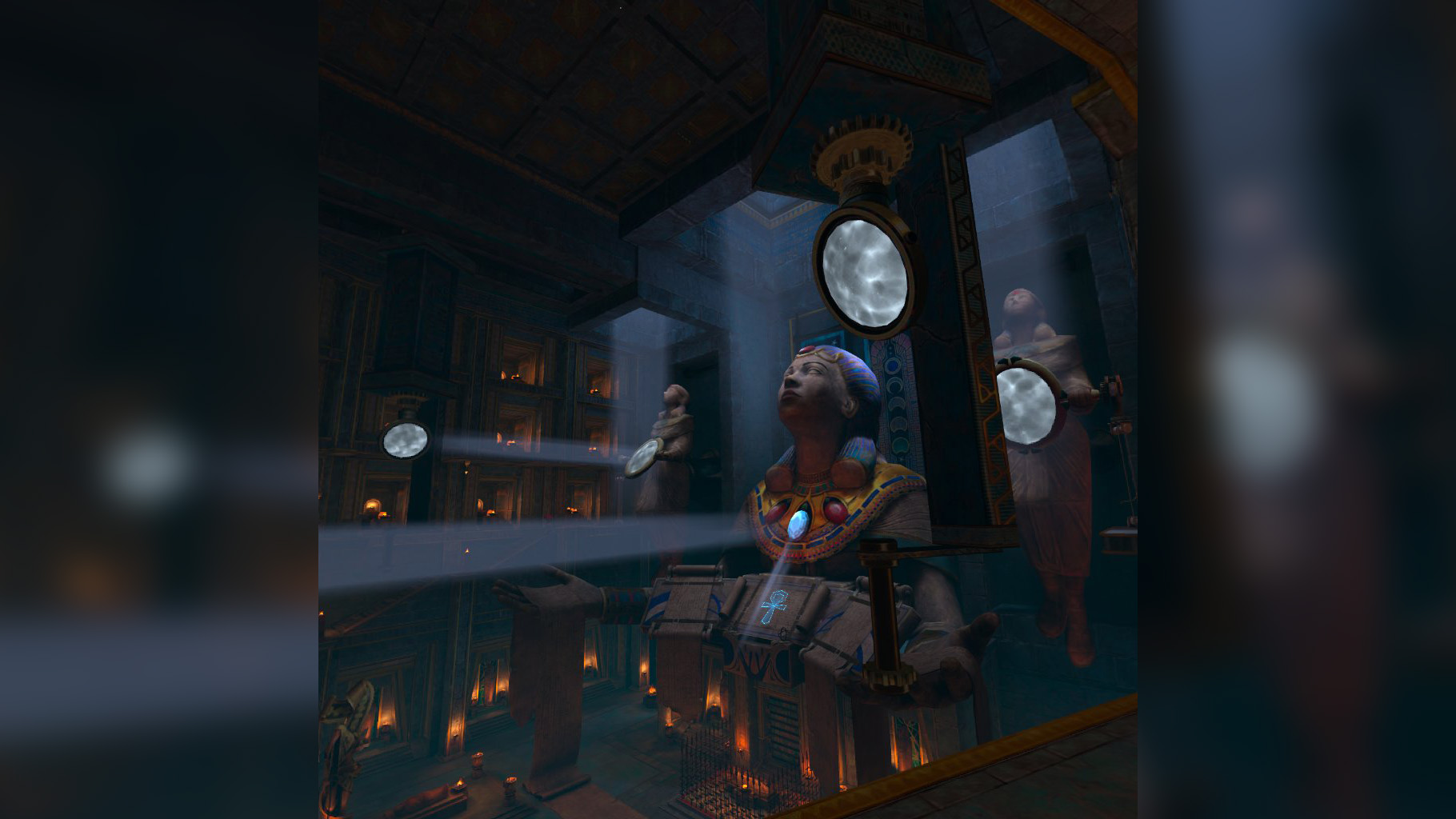
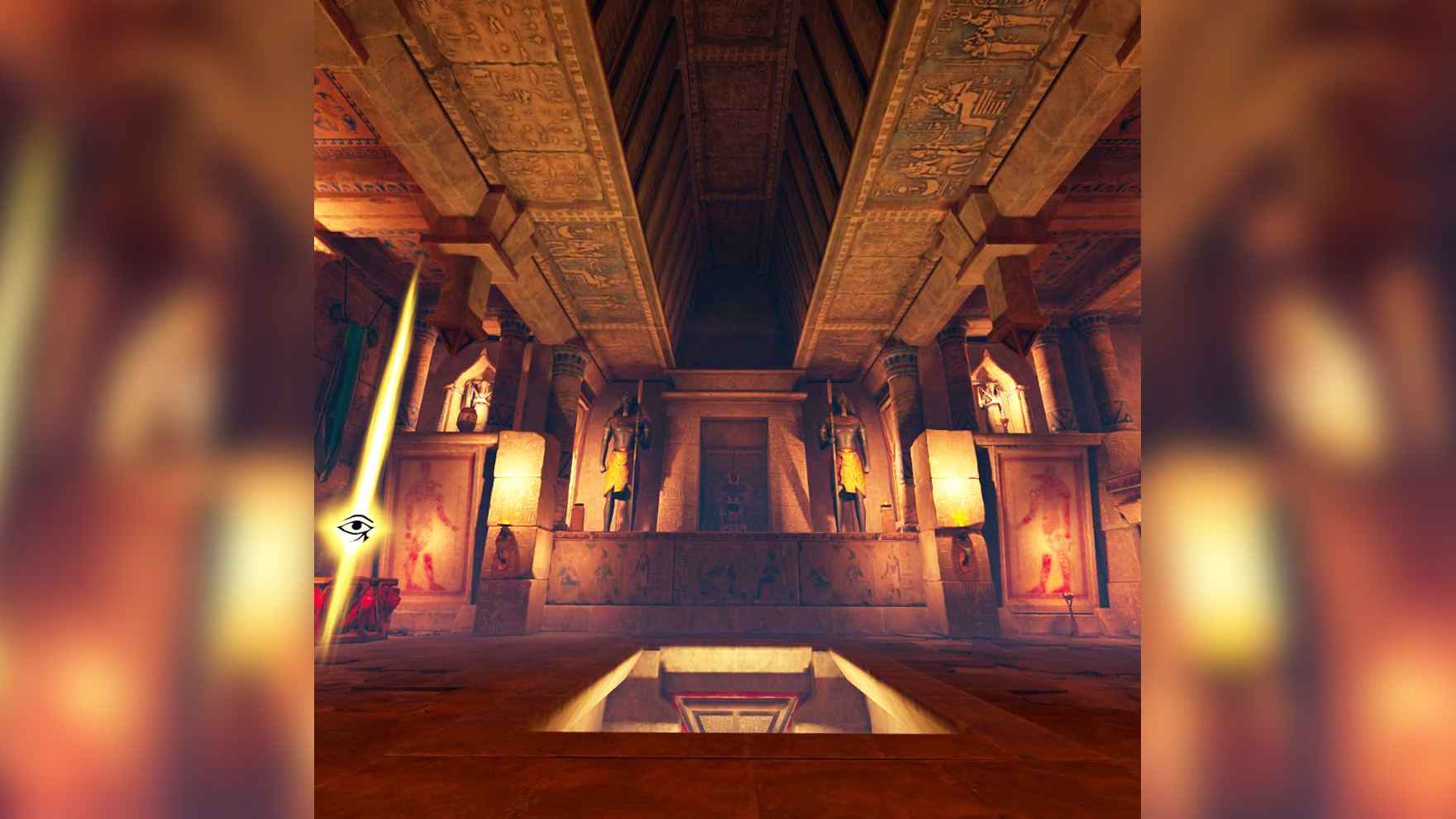
Each character also plays wildly differently, as well. For the first 30 hours or so, you'll embody Abraxas, a tomb robber with a penchant for melee weapons. Cyrene, the second character you'll unlock, is a fascinating departure from Abraxas' combat mechanics. She employs a floating squid that acts as a turret, an octopus harp that doubles as a bow, and a shape-shifting snake that embodies both sword and whip.
I won't spoil the other two characters, but let's just say at least one has a mechanic you wouldn't be surprised to find if you've played Another Fisherman's Tale, another of the best Meta Quest games.
Combat is sublime and is better than even the best melee combat-focused action games.
And that brings me back to the combat in the game. Asgard's Wrath 2's combat is like no other game in VR. Sure, it's similar enough to titles like Until You Fall or even the recently released Assassin's Creed Nexus VR, but there's a level of polish and intelligence here that even that game doesn't quite offer.
Enemies will not only duck, block, and dodge out of the way when you attempt to attack them, but if you use the same move too often, you'll find enemies become masters of parrying. That even includes ranged weapons, which will be caught and thrown back at you if you use them too often.
This forces players to branch out in their tactics and dive deep into the game's enormous skill trees. Skills aren't just branches, either; they also go several levels deep. That means if you like one particular skill, you can level it up completely before moving on to the next.
Even better is the fact that each of the game's five companions has its own skill tree, and you can summon any of these companions no matter which main character you embody or the realm you are playing in. This lets players craft their own classes of character and focus on what they do best.
Asgard's Wrath 2: Games within a game
Games within a game
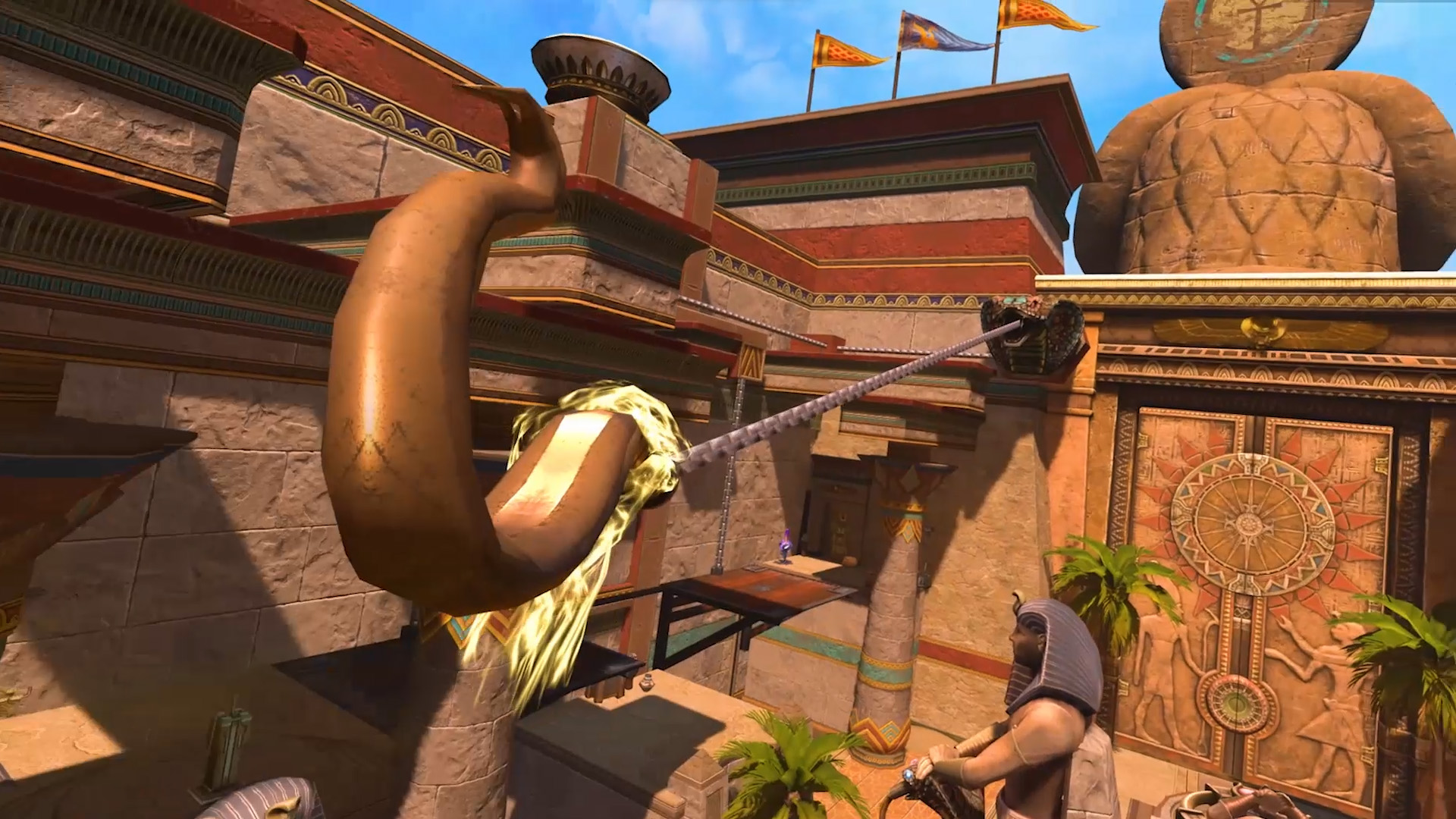
Throughout your travels, you'll find tons of items to pick up and use for crafting, cooking, feeding to pets, or just selling. You can even jump into the Uncharted Depths every day, a roguelike game-within-a-game that takes players through randomly generated dungeons to earn loot alongside Dark Souls-like multiplayer mechanics.
You'll encounter these spirits throughout the Uncharted Depths, placed by players who have died in combat and have chosen to either represent their post-corporeal selves as a companion to help players progress or a mini-boss for players to defeat before progressing beyond a certain floor.
You can even leave ethereal versions of yourself strewn across the regular world, giving players hints to find hidden treasure or just luring them to their doom. Loot earned in the Uncharted Rifts can be sent back to the main game, so you can farm different types of resources and drops more quickly than you might otherwise find in the larger overworld.
Monthly events and the randomly-generated Uncharted Rifts provide ways to continually return to the world even after completing the main story.
The team even promises to regularly update the game with monthly Cosmic Events, which encompass a series of goals players will need to meet to unlock special gear, emotes, and more. Players can also choose a side in each event, and the winning side — that's the one that completed the most objectives — gets special rewards at the end of the month.
While you're traveling the countryside of ancient Egypt and its many realms, you can stop as often as you'd like to fish, collect plants, mine ore, or hunt animals as each type of resource appears. You'll even get a slingshot that can be used to collect special items scattered throughout the world (or just as an alternate long-range combat tool).
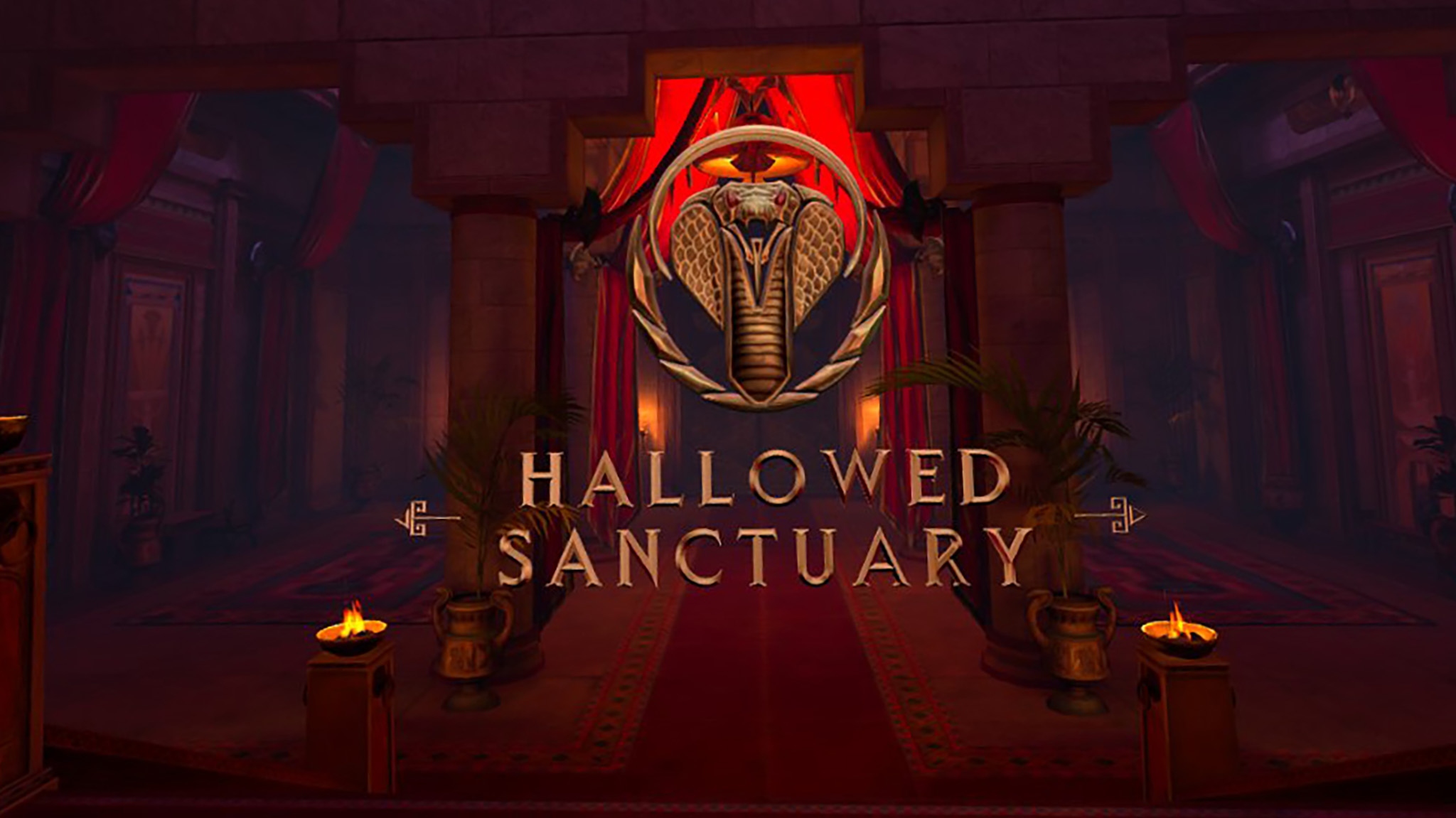
Even though I spent weeks playing through the game, I still felt like I rushed through it just to unlock everything. As one reviewer brilliantly put it, "I feel like I was served a Michelin star meal and devoured it with the gluttonous haste usually reserved for a burger."
There's just so much to see and do across the realms you visit in the game. Monster dens freckle the landscape and beg to be pillaged. Randomly generated anomalies can be found all over, dropped there by the scheming god Loki to hide treasures from meddling mortals. Some of these are even presented in mixed reality, changing up the gameplay in yet another way.
Asgard's Wrath 2: Rounding out the package

Few games have the audio quality Asgard's Wrath 2 has. From the epic music to the star-studded voice acting crew, you won't find a more believable VR world this side of Half-Life: Alyx. It's always amazing to me how much of a difference good audio design can make, and I can guarantee you'll appreciate this through the entirety of the game.
Something a subset of players didn't appreciate, however, was the lack of Meta Quest 3 graphical enhancements at launch. However, less than a week after the game's official launch, developer Sanzaru Games launched the first patch that included a big resolution bump for Quest 3 owners alongside a higher refresh rate.
Both Quest 2 and Quest 3 versions still utilize the same overall model detail, texture quality, and effects quality, but Sanzaru is looking into future graphical enhancements for the Quest 3 to take advantage of the superior hardware. Obviously, with a game this detailed and complex, that's going to take a bit of time.
The visuals and sound design are above and beyond anything you'll see on a Meta Quest.
Regardless of these facts, though, there was never a time when I thought the game looked lackluster. Quite the opposite. Aside from a few low-resolution textures on some larger cliff faces or other similar environmental features, the visuals are truly spectacular for standalone VR hardware. I honestly have no idea how they got something this big and detailed running on Quest 2 hardware!
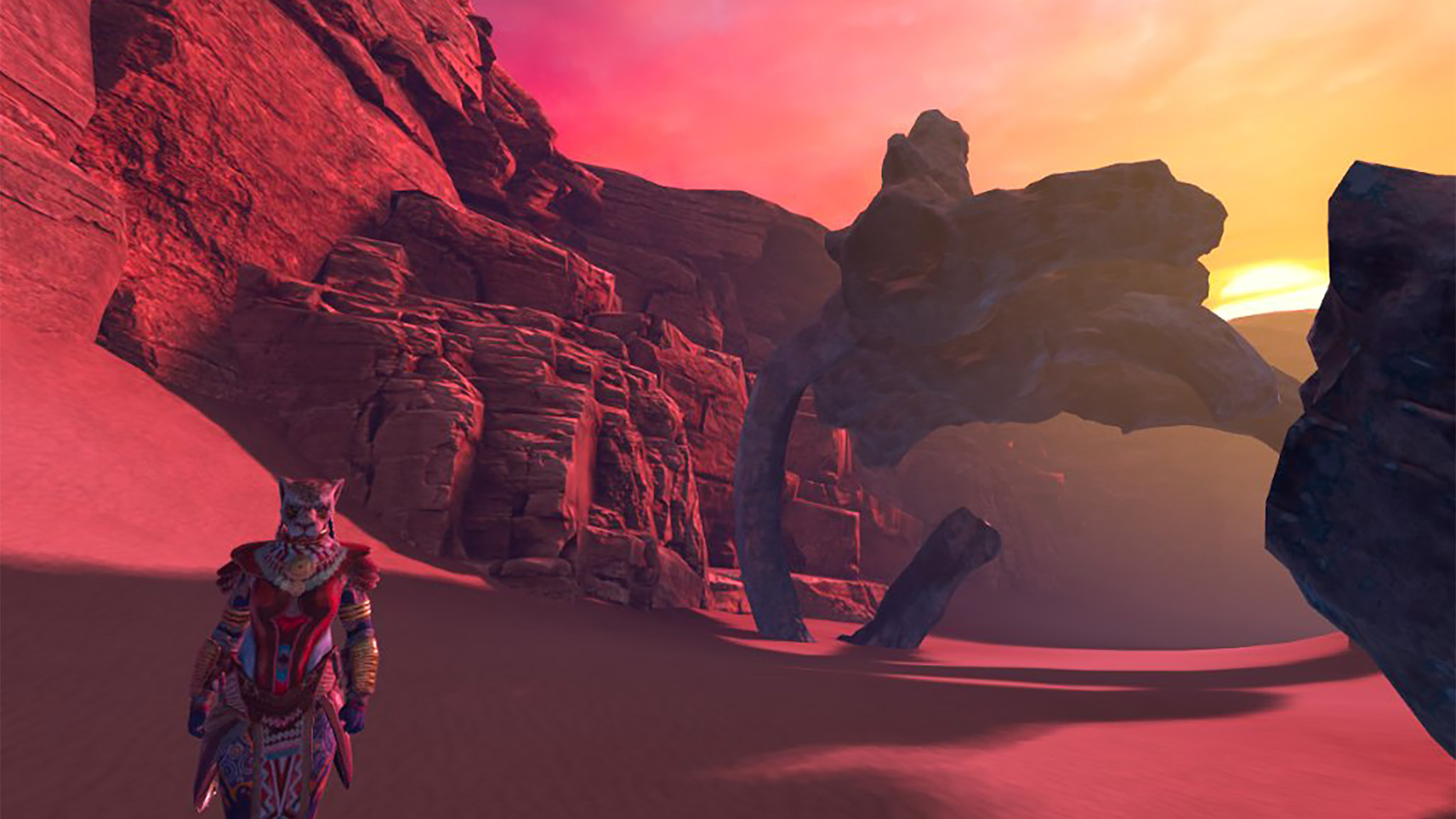
However, I do have a few issues with the UI design and some minor menu choices. While I don't have the issue, several players have complained that quest progression notifications are easy to miss because they are situated in the top-left quadrant of a player's view. That makes them harder to see than they should be, and apparently, some players cannot see this section of display at all because they use glasses.
I also feel like some of the menu design doesn't utilize the play space particularly well, but this decision may also have been made to keep things as simple as possible to account for different play space sizes. As it is now, I feel like there are too many layers to most of the menus, and while the presentation of the information is downright beautiful, the transition time while navigating between menus can get annoying.
Some menus are clunky, and accessibility options aren't quite as diverse as Assassin's Creed Nexus.
I've also been constantly impressed by the number of accessibility options presented throughout the game. Smooth locomotion is the only option — which seems like one of the only oversights in the game's design — but countless other comfort and accessibility options are available for players who need them.
You can even instantly travel up and down stairs and ropes throughout the game by grabbing a specific, highlighted point. Its a mechanic I can't recall seeing in another game and one I'd love to see in other VR games going forward.
Asgard's Wrath 2: The killer app we've wanted
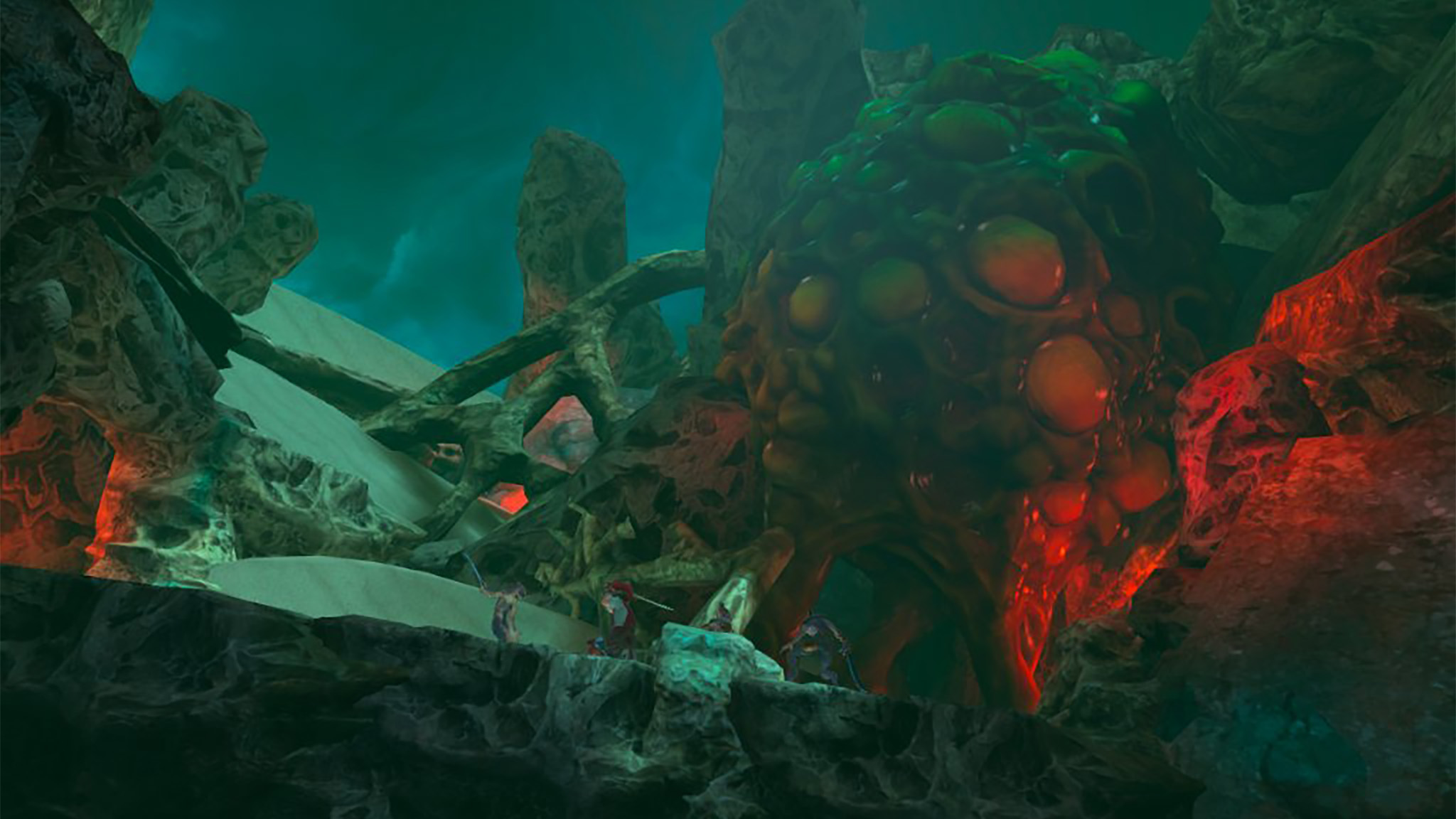
Thankfully, my complaints are mostly minor. That's especially impressive for a game that eclipses every other VR game you can play today in basically every other way. It's hard to believe that this game exists, yet here it is.
It's a glorious romp through a theme that's not often explored (ancient Egypt), and it encompasses some of the best game design I've ever experienced — VR or not. The puzzles and dungeons feel like they were created by the masterminds behind the best Zelda games, and the combat eclipses even the best melee combat-focused games in VR.
If you aim to play just one single-player VR game right now, make it Asgard's Wrath 2. You won't be disappointed.







